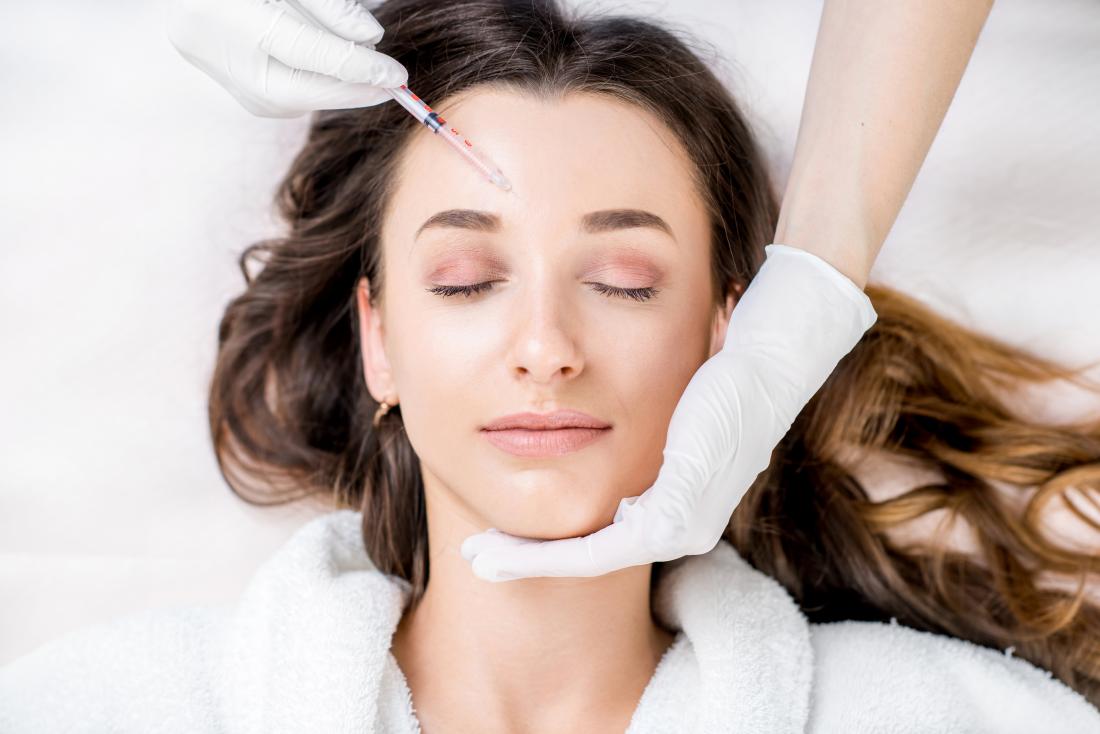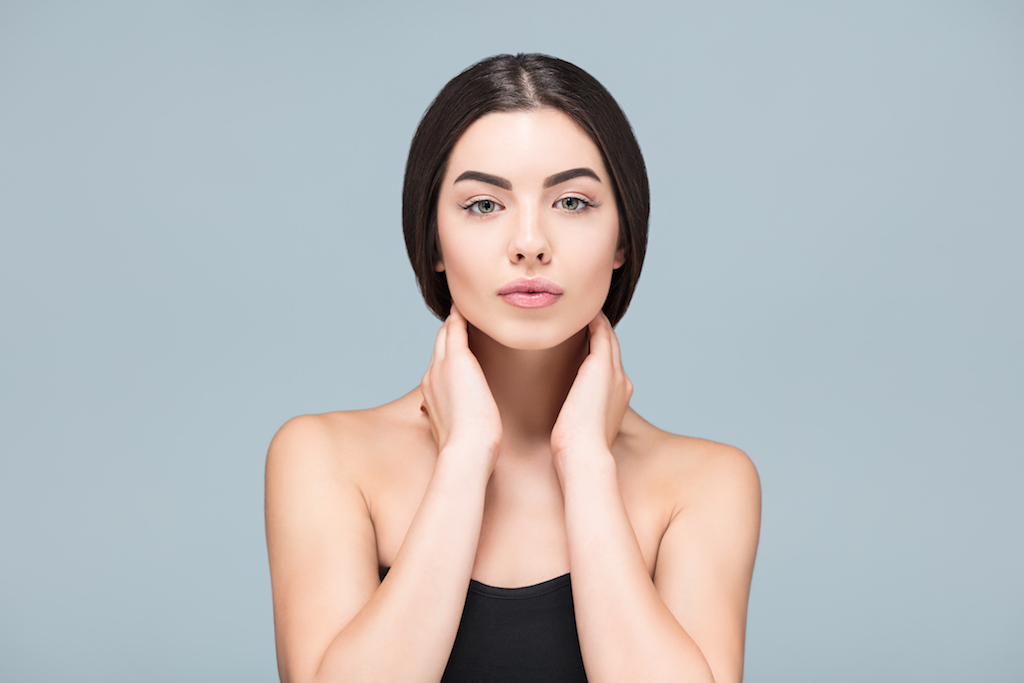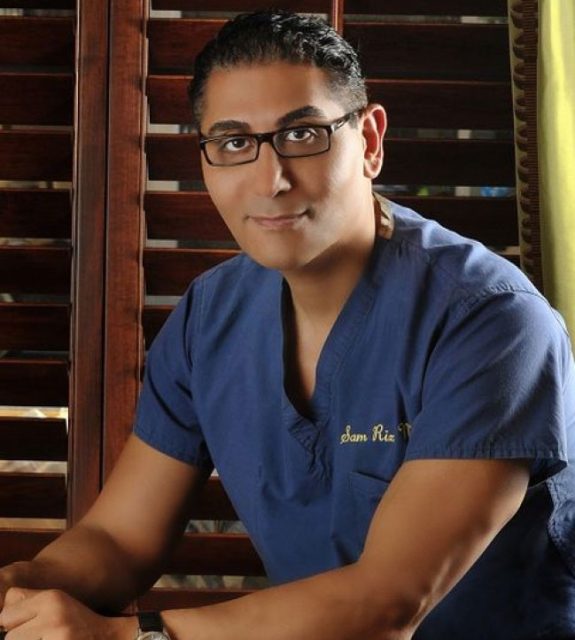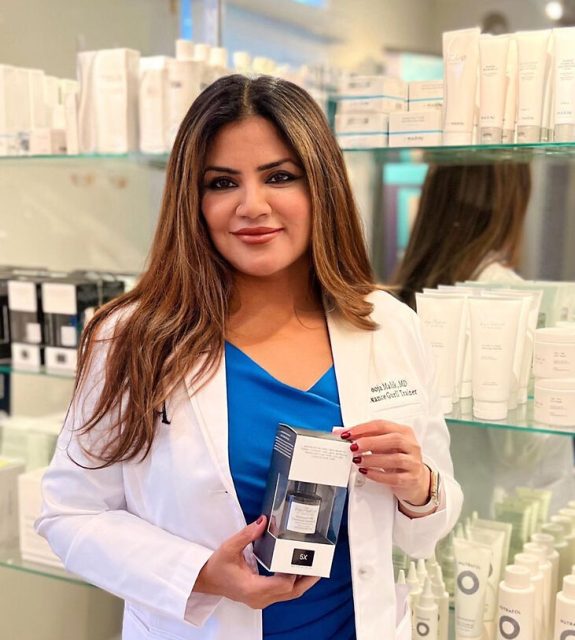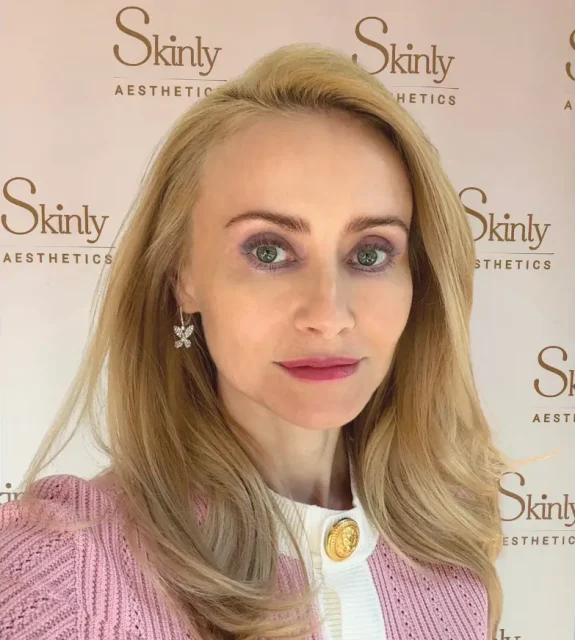You've decided you want face fillers? Amazing. You're not alone. Millions of Americans are opting in for a variety of fillers, whether to enhance their cheekbone features, get rid of undereye bags and dark circles, plump up their lips or jawline contouring. The process can be a bit overwhelming, especially when trying to decide which filler is right for you. We caught up with Dr. Jose Rodriguez-Feliz who dishes on the differences between Hyaluronic Acid Fillers versus Biostimulating Fillers and how to know which one is right for you.
Haute Beauty: What are the main differences between Hyaluronic Acid Fillers and Biostimulating Fillers?
Dr. Jose Rodríguez-Feliz: Hyaluronic acid fillers are the most commonly injected facial fillers in the US. Some of the most commonly used HA fillers are Juvederm, Restylane, Revanesse Versa, Belotero) just to mention a few. The will volumize the face immediately, enhance the contour of areas such as cheeks, lips, nasolabial fold but will not stimulate the production of collagen. In general, the results can last between 6-12 months. They can be reversed if there is swelling, and adverse reaction, or any asymmetry making it the filler of choice for many patients that are new to the procedure as it gives them peace of mind. On the other hand, fillers containing know as “biostimulating” such as those containing calcium hydroxylapatite (Radiesse) or PLLA (eg. Sculptra Aesthetics) will stimulate the production of collagen, creating a gradual improvement on volume and even skin quality.
HB: Which procedures are Biostimulating Fillers used in?
JR: Great to restore large areas of volume atrophy in the face. Used for enhancement of the cheeks, mid-face, jawline contouring, temples.
HB: Can you describe the ideal candidate for each filler?
JR: Most patients that are new to facial fillers, I prefer to start with hyaluronic acid based products. I don’t know how they will react to the product or if they are going to like the new fuller facial features. Because of this, I want to be able to dissolve the product immediately if needed. Also, they are looking for immediate improvement. Male patients that need more defined looks on the cheeks and jawline do better with biostimulating fillers such as Sculptra and Radiesse. Patients with large volume atrophy in the face that have had HA in the past and are looking for longer lasting results are also good for biostimulating fillers. There are some patients that metabolize hyaluronic acid fillers extremely fast. These patients are usually very physically active. Those patients many times are transitioned to biostimulating fillers that will tend to last longer. There is an indication for calcium hydroxyapatite for HIV patients that suffer from severe lipodystrophy of the face secondary to the retroviral medications they have to take on a daily basis.
HB: Who wouldn't qualify for these fillers?
JR: Biostimulating fillers are not reversible and patients may need multiple sessions in order to achieve their results. This is definitely not the filler for someone that is new to facial fillers. Like in any other procedure, expectations have to be realistic. Someone expecting the lifting of a surgical procedure such as a facelift or mid-facelift will not be happy if either filler, either HA or biostimulating are used. These being said, if the patient is willing to invest the time, I have seen great facial lifting results over several subsequent treatments of biostimulating fillers in particular with Sculptra Aesthetic. I love this filler to restore large areas of fat atrophy in the face.
HB: Can both fillers be used in tandem in creating an ideal look?
JR: In many cases, both types of fillers could be used. The Biostimulating fillers can be used deeper to restore volume in the cheeks, midface, and jawline while HA fillers can be used more superficial to finish up the shallow and more superficial furrows and wrinkles.
HB: What follow-up procedures are necessary with each filler?
JR: With the biostimulaitng fillers, it is very important to massage the area to prevent the formation of nodules. I tell my patients about the rule of 5 -- massage for 5 minutes, 5 times a day, for 5 days -- even if they remember to do half of that I’m alright with it. I always follow up all my injectables with a phone call within 24 hours to make sure they are doing well. The main issues they report at this point is some swelling which will come down in the next 72 hours after the injections. Some patients can have swelling for maybe 5-7 days. If they have developed some bruising, arnica gel helps patients that are looking for a bit more of a lift and that I feel have already restored the volume loss, could be a good candidate for facial threats which can often be combined with facial fillers. In this case, I prefer to use Ha fillers. Some patients are just better candidate for face lifting surgical procedure and it is our goal as plastic surgeons to communicate to them when this is their best option to avoid overfilling the face which will result in an unnatural appearance.






